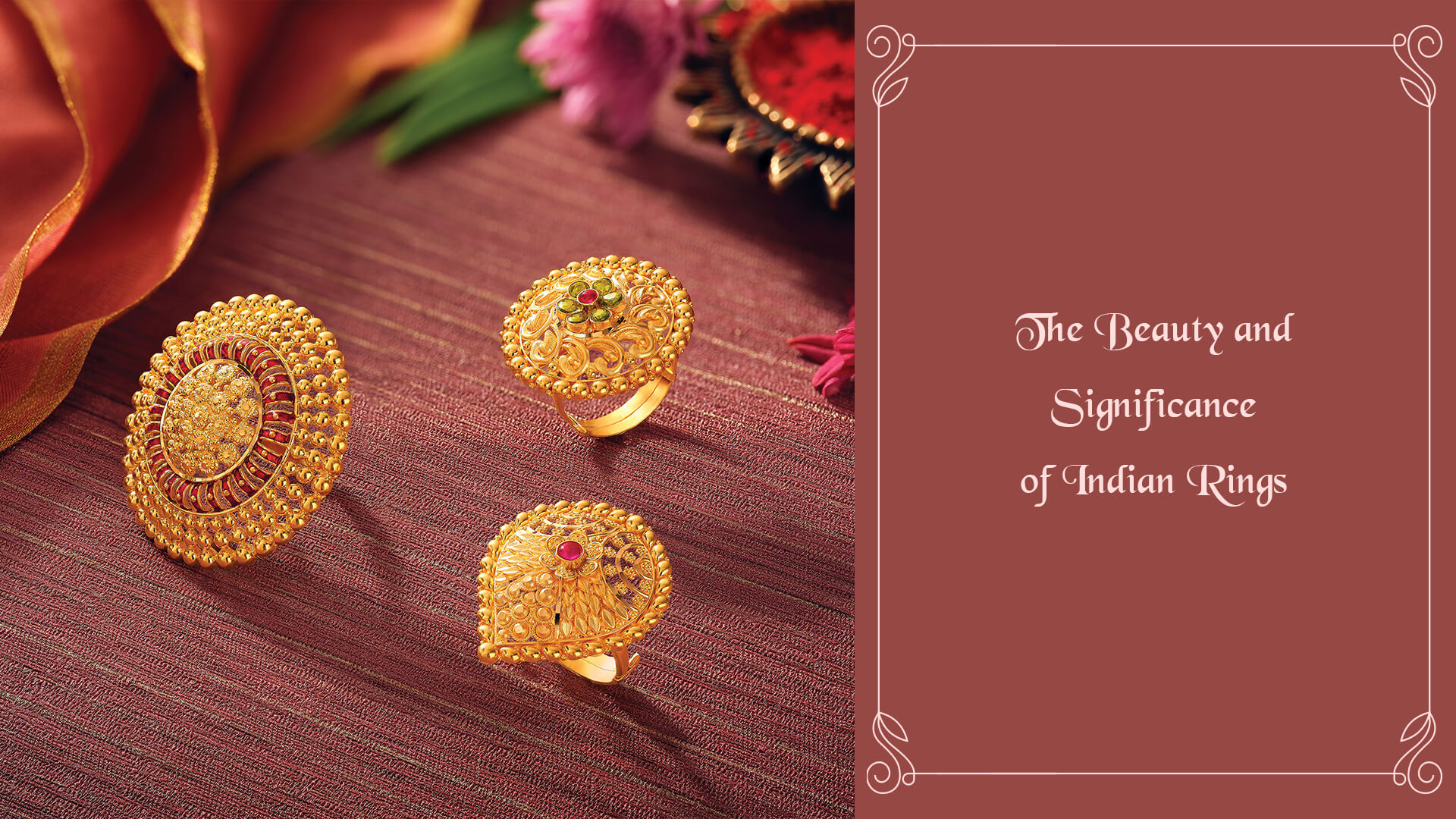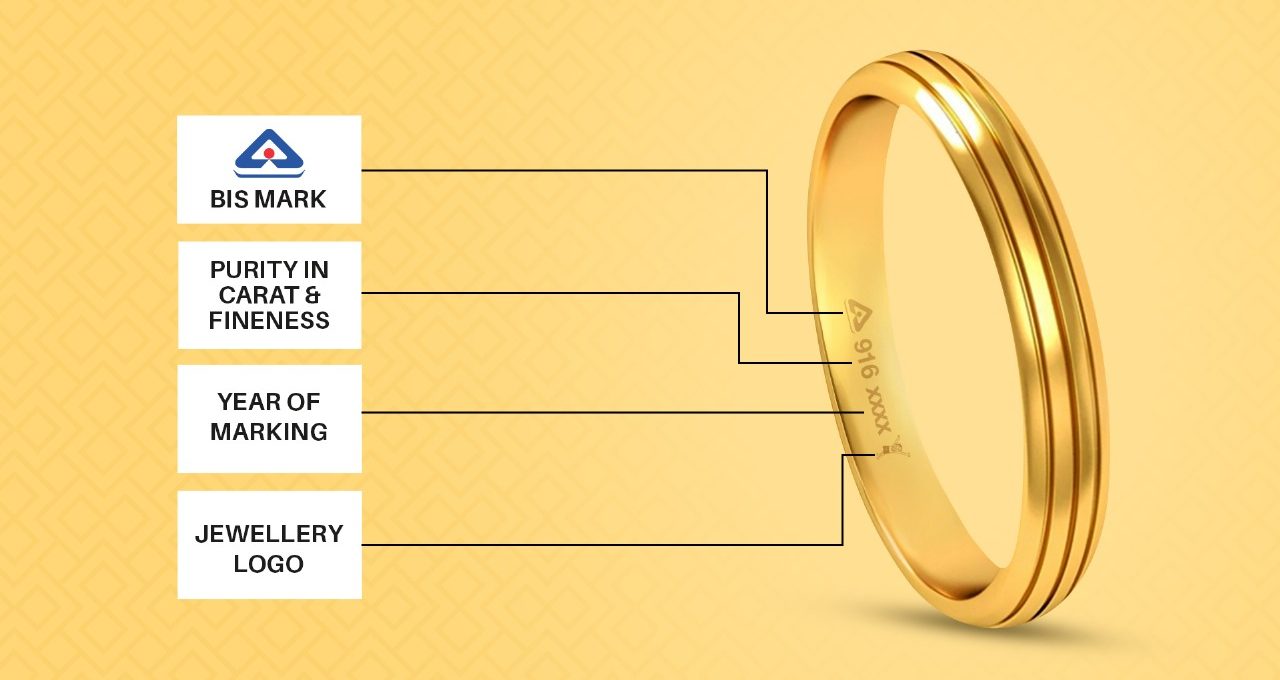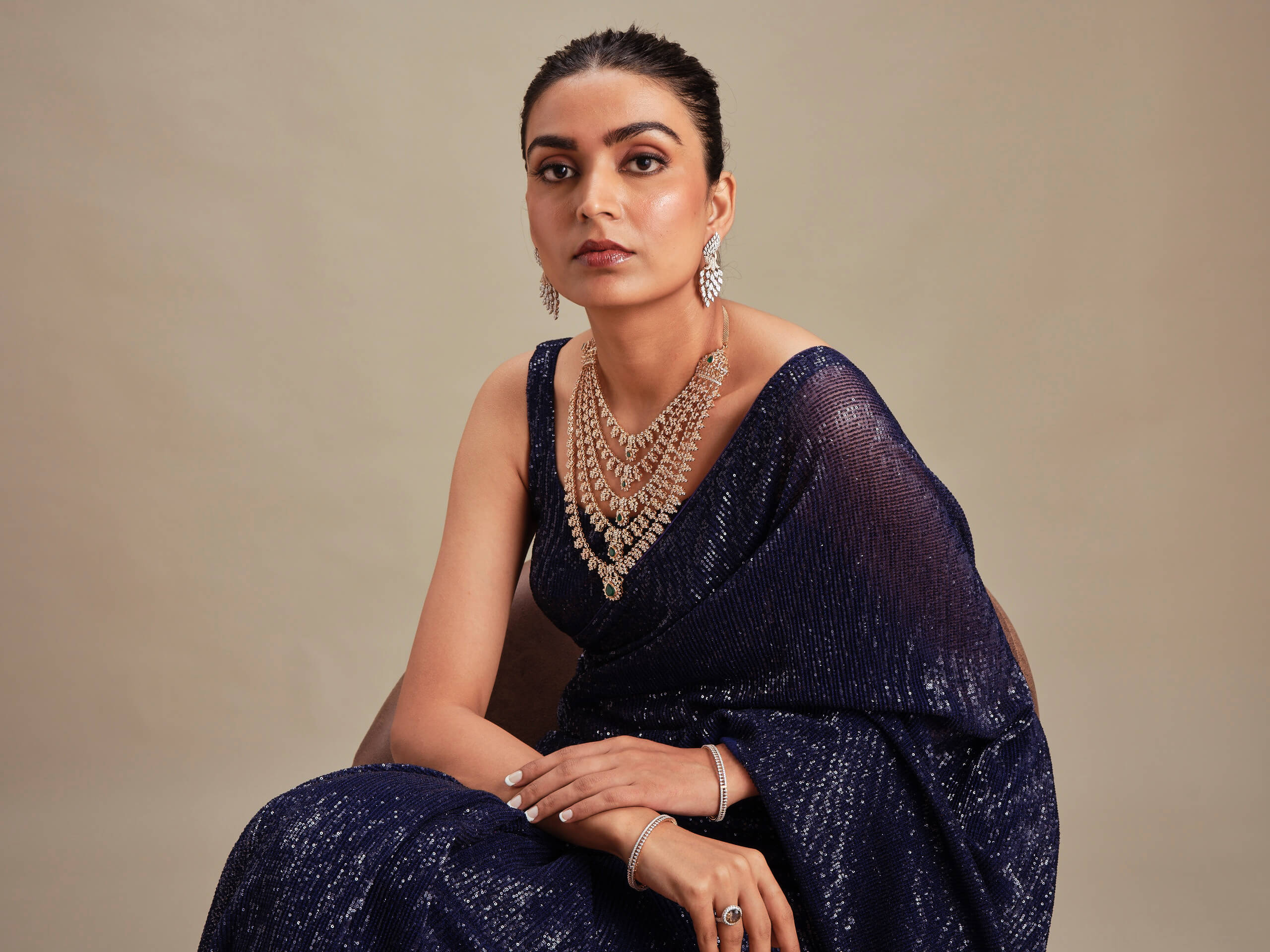
The Beauty and Significance of Indian Rings
In Indian culture, fancy accessories are highly valued, with rings holding a special place. They’re not just pretty decorations; they represent love, commitment, and heritage, blending into various traditions. From ancient times, when rings were exchanged in sacred rituals to symbolize love and commitment, to today’s fashion trends where they’re worn as stylish accessories, their significance remains deeply rooted in our culture.
Symbolism and Cultural Perspectives
In Indian jewelry culture, rings symbolize love, commitment, and heritage, holding profound significance that reflects deep-rooted beliefs and traditions. Engagement rings and wedding bands are exchanged during sacred ceremonies, symbolizing the sacred bond between partners and the unity of families. Across India’s regions and communities, diverse cultural perspectives enrich the exchange of rings, from vibrant rituals to understated elegance, reflecting the nation’s rich heritage.
Different Types of Rings
Rings in Indian culture is diverse and vibrant, each type carrying its own unique significance and charm. Here, we explore some of the most popular types of rings, highlighting their characteristics and cultural importance.
1. Gold Rings: Gold rings are timeless classics in Indian jewelry, symbolizing wealth, prosperity, and purity. Often passed down through generations, gold rings are worn during special occasions and religious ceremonies, making them a staple in every Indian household. Their intricate designs often feature traditional motifs, adding to their cultural value. Gold rings are particularly prominent in weddings and other auspicious ceremonies. They are often intricately designed with motifs that symbolize fertility, prosperity, and divine blessings. These rings not only serve as beautiful adornments but also as investments, carrying significant financial value.
2. Silver Rings: Silver rings are known for their elegance and versatility. They are often worn for both their aesthetic appeal and their believed health benefits, such as improving circulation and reducing anxiety. Silver rings are popular for everyday wear and are also gifted during festivals and celebrations. They are often adorned with semi-precious stones, enhancing their beauty and significance. They are commonly seen in various regional traditions across India. They are especially popular in rural areas where silver jewelry is a part of daily attire. The health benefits associated with silver add an extra layer of importance, making these rings both beautiful and functional.
3. Rose Gold Rings: Rose gold rings bring a modern twist to traditional jewelry. With their warm, pinkish hue, these rings symbolize love and romance. They have gained popularity in recent years, especially among younger generations looking for unique and stylish pieces. Rose gold rings often feature contemporary designs that appeal to modern aesthetics while maintaining a touch of traditional charm. The subtle elegance of rose gold makes these rings perfect for engagement and wedding rings. They represent a blend of tradition and modernity, making them ideal for couples who wish to honor cultural heritage while embracing contemporary styles.
4. Pearl Rings: Pearl rings exude sophistication and grace. In Indian culture, pearls are associated with purity and wisdom. These rings are often worn during special occasions and are believed to bring calmness and positive energy to the wearer. The soft luster of pearls makes them a favored choice for bridal jewelry and other significant life events. They are often gifted to brides as a symbol of purity and new beginnings. They are also worn by women who seek to embody grace and elegance in their everyday lives. The timeless beauty of pearls ensures their enduring popularity.
5. Engagement Rings: Engagement rings hold a special place in Indian culture, symbolizing the promise of marriage. Traditionally, they are often made of gold or diamond, signifying the strength and purity of the relationship. Modern engagement rings come in various styles, including platinum and rose gold. They are often chosen to reflect the personal tastes of the couple, blending tradition with modernity. The tradition of exchanging engagement rings is an integral part of Indian betrothal ceremonies. These rings serve as a public declaration of a couple’s intention to marry and are cherished as symbols of their love and commitment.
6. Wedding Rings: Wedding rings, exchanged during the marriage ceremony, represent eternal love and commitment. In India, wedding rings are often intricately designed and may include gemstones or intricate carvings, reflecting the rich cultural heritage. These rings are worn daily and serve as a constant reminder of the bond between spouses. The designs of wedding rings can vary greatly, reflecting regional styles and personal preferences. Whether simple or elaborate, these rings are deeply cherished by couples and serve as enduring symbols of their union.
7. Festive Rings: Festive rings are designed to complement traditional attire during festivals and celebrations. They are often elaborate and colorful, featuring gemstones, enamel work, and intricate patterns that reflect the joyous spirit of Indian festivities. These rings are worn to enhance the overall festive look and are often part of larger sets of jewelry. During festivals like Diwali and weddings, festive rings add to the celebratory atmosphere. Their vibrant designs capture the essence of Indian festivities, making them essential accessories for special occasions.
8. Contemporary Rings: Contemporary rings blend traditional elements with modern design. These rings cater to the evolving tastes of the younger generation, offering innovative designs that still pay homage to cultural roots. They are perfect for daily wear and special occasions alike, often featuring minimalist designs that make a subtle yet stylish statement. The appeal of contemporary rings lies in their ability to combine the old with the new. They offer a fresh take on traditional jewelry, making them popular among fashion-forward individuals who value both heritage and innovation.
9. Navaratna Rings: Navaratna rings are unique, featuring nine precious gemstones, each representing a planet. These rings are believed to bring balance and positive energy to the wearer. They are deeply rooted in Indian astrology and are often worn for their protective and beneficial properties. Navaratna rings are not only beautiful but also serve a significant spiritual purpose. These rings are highly regarded in Vedic astrology and are believed to harness the energies of the nine planets to benefit the wearer. They are often prescribed by astrologers to help individuals overcome challenges and achieve balance in their lives.
As we conclude our journey through the intricate world of Indian rings, let us celebrate the enduring beauty, symbolism, and craftsmanship that have made them an integral part of our cultural heritage. Whether steeped in tradition or embracing modern trends, rings continue to weave stories of love, commitment, and identity, connecting us to our past while guiding us into the future. Join us in celebrating the timeless allure of Indian rings, as we honor the traditions, craftsmanship, and cultural richness that make them truly extraordinary.
Explore our curated jewellery collection. We’re here to help you shine even brighter and stand out in every crowd.
Want to purchase gold jewellery online? Check out our Online Shop now https://bhimajewellery.com/shop/
Stay tuned as we explore other enriching topics and traditions in our upcoming blogs.




